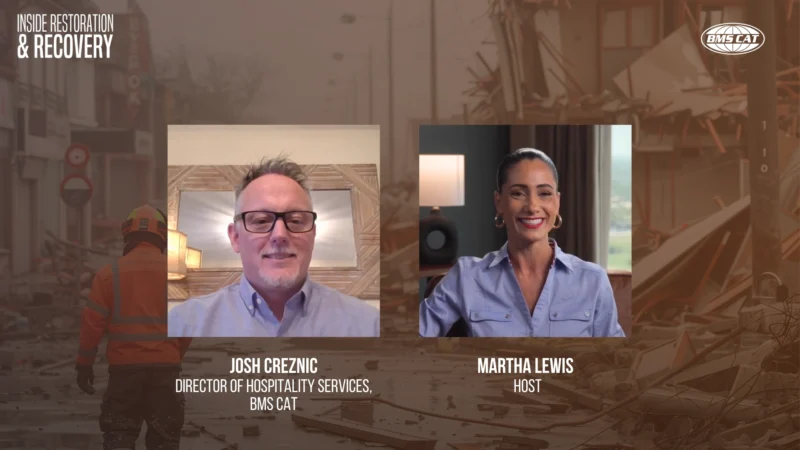Why Fine Dining Starts With Fine Delivery
Food supply chains are complex for restaurants. Sometimes getting the raw goods takes many turns. Adding to this complexity is the need for more transparency. When restaurants can clearly trace the farm to table path, it makes them feel more confident in what they are receiving. They can then pass that message along to diners, who increasingly want to know the source of their dinner these days.
It is also a very disconnected process with lots of players, complicating the traceability. However, new technology is helping change the landscape, offering innovative tools that deliver results.
Consumer Demand Driving Need to be Transparent
Restaurants are in a prosperous time with sales reaching $799 billion in 2017. [1] This growth means that suppliers need to be prepared for more orders. These orders may also have more variety due to the diversification of consumer preferences.
Consumers awareness over how food gets to their table is rising. There are also more dietary restrictions like the need for gluten-free or non-dairy. This demand is putting the pressure on traceability. If restaurants cannot trace where something came from like organic vegetables, they cannot use those words on their menu.
Restaurants understand the economic consequences of being able to offer foods they know to be fresh or free-from some ingredient. That is why traceability is more than a simple operational efficiency, is a marketing platform.
Technology Connects the Dots
It would be impossible to manage a supply chain’s path manually. The industry is turning to technology to solve the challenge. Software helps bring all the dotted lines together in the path from food manufacturer to food service.
One such player in the field is FoodLogiQ, which offers Track + Trace food traceability software. The software tracks all the events of the product. The software company guarantees true farm-to-fork traceability.
This enables restaurants to be completely transparent with patrons, something that improves their position in the market. Think about how some restaurants have an open supply chain approach and use it to their advantage.
Take Chipotle for example, which is always talking about its supply chain from the wording on its menus to creative stories on its bags, having a traceable supply chain is part of their culture. It also uses technology to make this happen, employing a cloud-based software solution.
The future of food supply chain is set to become even more intertwined with technology. The Internet of Things (IoT) devices like sensors will play a role. Blockchain’s incorruptible ledger could also be part of such a solution. Any restaurant that wants to compete for the savvy consumer must have a traceable supply chain to even be a contender.
[1] https://www.restaurant.org/News-Research/Research/Facts-at-a-Glance








